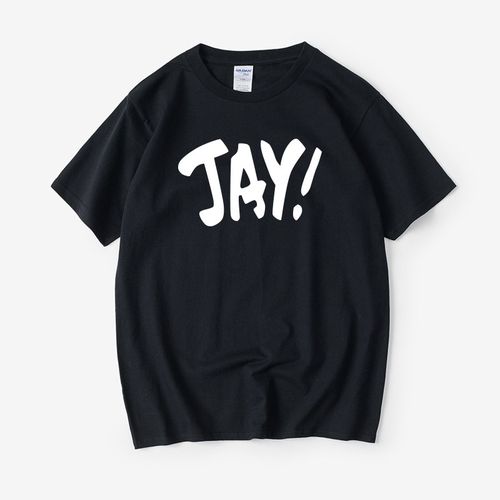Common clothing craft decoration techniques mainly include the following:
1. Embroidery: Embroidery is the interweaving of needle and thread on fabric to form patterns and text. decoration technology. It can add unique texture and artistic touch to clothing and is often used for decoration of logos, patterns and patterns.
2. Printing: Printing is a process in which pigments or dyes are printed on fabrics through pressure or heat treatment. It can achieve the expression of various colors, patterns and textures. Common printing methods include screen printing, digital printing and direct dyeing.
3. Hot stamping and silver foil: Hot stamping and silver foil are used to attach metal foil (gold foil or silver foil) to clothing by heating and embossing it on the fabric. decoration technology. This process can add a gorgeous and luxurious effect to clothing and is often used to decorate logos, trims and patterns.
4. Crystal diamond jewelry: Crystal diamond jewelry is a process of pasting crystals, sequins and other decorations onto clothing. It can add a sparkling effect to clothing and is often used in evening wear, stage wear and formal wear.
5. Lace splicing: Lace splicing is a decorative technique in which lace fabric is cut into pieces of matching shapes and then sewn to the main fabric. This technique adds romance and femininity to clothing and is often used on dresses, tops, and lingerie.
6. Sequin inlay: Sequin inlay is a decorative technique in which small sequins are sewn or pasted on clothing fabrics. It can add luster and three-dimensionality to clothing, and is often used in evening gowns, stage wear and advanced custom-made clothing.
7. Reflective material: Reflective material is a special fabric with the ability to reflect light, which will produce an obvious reflective effect when exposed to light. It is often used as safety warning decoration, such as outdoor sportswear, professional clothing and work clothes.
The above are some common clothing craft decoration technologies, which can add rich elements to clothing, enhance the fashion and artistry of clothing, and satisfy consumer personalization and aesthetic needs. For clothing designers and manufacturers, proficiency in these technologies and their rational use can provide support for product value-added and differentiated competition.








